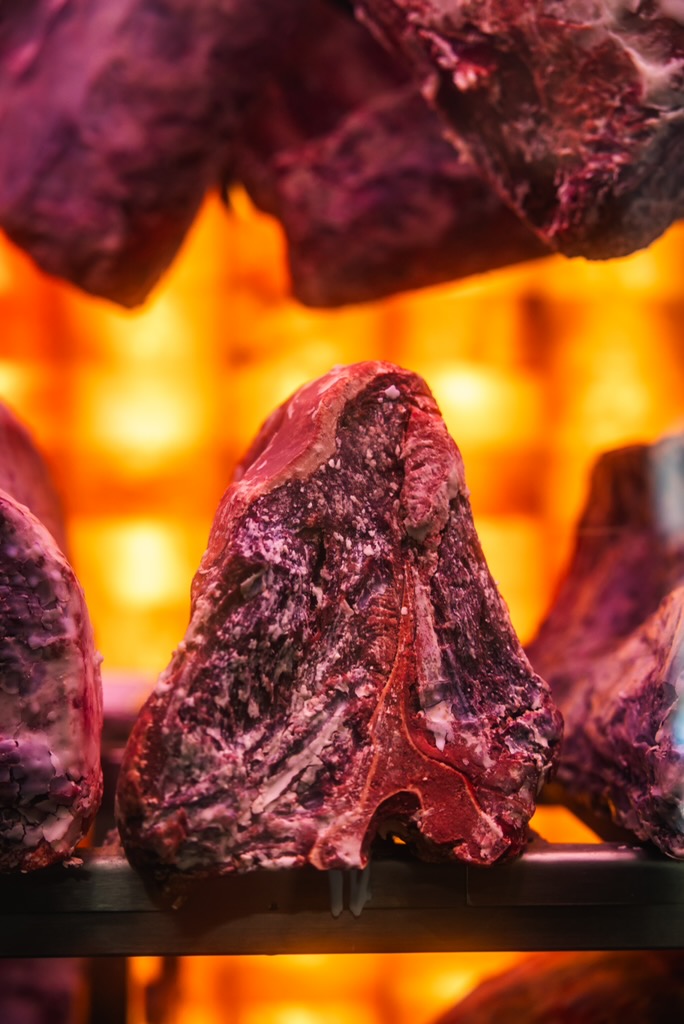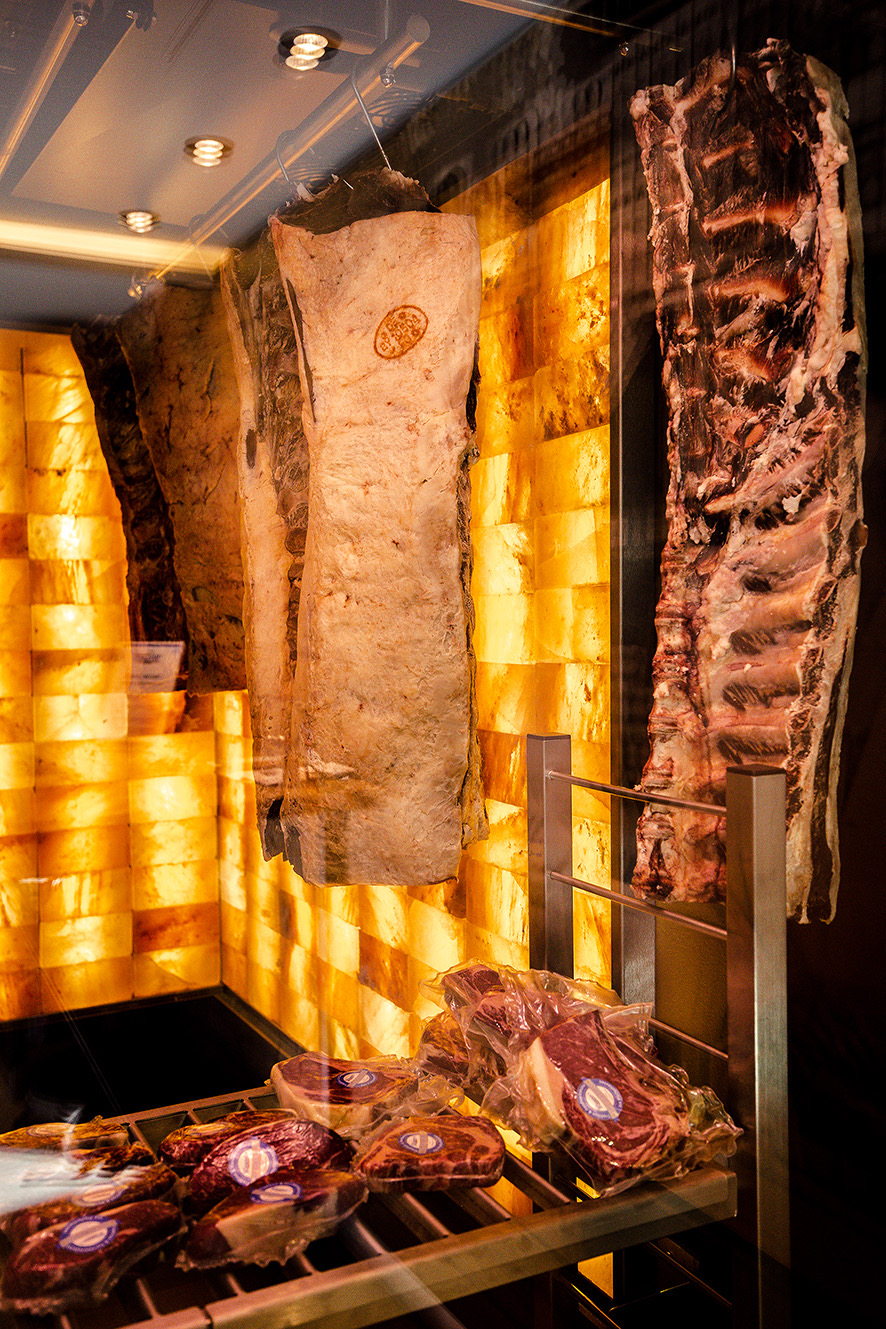
Himalayan Salt vs Sea Salt: Which is better for you?
There are many types of salts available on the market. Some provide better health benefits than others. While they are all salt, also known as sodium chloride, Himalayan and Sea Salt provide many health benefits over your regular table salt.
Himalayan Salt and Sea Salt both have trace minerals your body needs like potassium, iron, and zinc, but table salt has no trace minerals. Those minerals help your function properly. In addition, table salt contains micro pieces of plastics, added sugars, and aluminum, which is not good for the brain.
While Himalayan Salt and Sea Salt are both naturally derived from the Earth and more natural sources of sodium chloride, there are slight yet important differences between the two that can make one more beneficial than the other.
Why We Need Healthy Salt
Sodium chloride is an essential compound that our bodies use. It absorbs and transports nutrients, maintains blood pressure and the right balance of fluid, transmits nerve signals, and contracts and relaxes muscles.
Our bodies need good, quality salt to help:
- Make HCL: Salt is needed to make hydrochloric acid in our stomach to kill off microbes, help digest protein, and assimilate minerals.
- Adrenals: These need a certain amount of salt. Adrenal insufficiency can lead to low blood pressure, a rapid pulse, and low energy.
- Immune System: With the right amount of healthy salt, it can keep your immune system clear and expel unwanted bacteria.
- Insulin: Low salt can cause insulin resistance, which means your muscles, fat, and liver don’t respond well to insulin and your blood sugar rises.
- Hydration: Salt helps the body absorb water and reduces fluid retention.
- Sodium potassium pump: This is needed to power your muscles and nerves, giving us energy.
A good amount of healthy salt for the human body is about one to two teaspoons of salt per day, depending on physical activity.
Himalayan Salt vs Sea Salt
While both Himalayan salt and sea salt are derived from more natural places, Himalayan Salt can actually be more beneficial for you than Sea Salt is.
What is Sea Salt?
Sea salt comes from exactly where it sounds like: the ocean. It is created through the evaporation of ocean water or saltwater lakes. Unlike table salt, it gets minimal processing. The evaporation process enables Sea Salt to preserve traces of minerals that our bodies need, like potassium, calcium, and magnesium.
Due to ocean pollution, Sea Salt contains microplastics. These nano amounts of plastic and lead found in Sea Salt can cause health problems like inflammation, which can lead to:
- Pulmonary disease
- Cancer
- Cardiovascular disease
- Alzheimer
- Diabetes II
- Arthritis
- Autoimmune disease
- Neurological disease
What is Himalayan Salt?
Himalayan Salt comes from an ancient sea formed before humans, meaning before pollution. It is rich in minerals and contains zero microplastics because of it. Since Himalayan Salt is hand-mined and ground, it is even more natural than Sea Salt because it forms all naturally.
On top of that, it also has traces of more beneficial minerals than Sea Salt. It has all 84 essential trace elements required by the body. Because of this, many specialists rate Himalayan Salt higher than other salts.
How The Aging Room Uses Himalayan Salt
At The Aging Room, we equip our dry-aging chambers with a wall of Himalayan salt to age steak. The Himalayan salt wall helps eliminate any unwanted bacteria from the room on top of strengthening the flavor of the meat. To protect the chamber, the coating is used with the patented techniques to make it completely salt resistant. This means you don’t have to worry about the salt damaging any equipment.
Learn more about dry aging beef and The Aging Room Chamber by visiting our website or contacting us at +1 (888) 832-3376.
Other news
-
 News
Why Full-System Certification Matters in Dry Aging Equipment — And What Sets The Aging Room® Apart
18 Jul 2025
News
Why Full-System Certification Matters in Dry Aging Equipment — And What Sets The Aging Room® Apart
18 Jul 2025
-
 News
Understanding the Art of Aging: How Dry Aging with Himalayan Salt Transforms Meat Quality
01 Jul 2025
News
Understanding the Art of Aging: How Dry Aging with Himalayan Salt Transforms Meat Quality
01 Jul 2025
-
 News
UV Light vs. Himalayan Salt in Dry Aging Meat: What Really Matters for Flavor and Quality
03 Jun 2025
News
UV Light vs. Himalayan Salt in Dry Aging Meat: What Really Matters for Flavor and Quality
03 Jun 2025